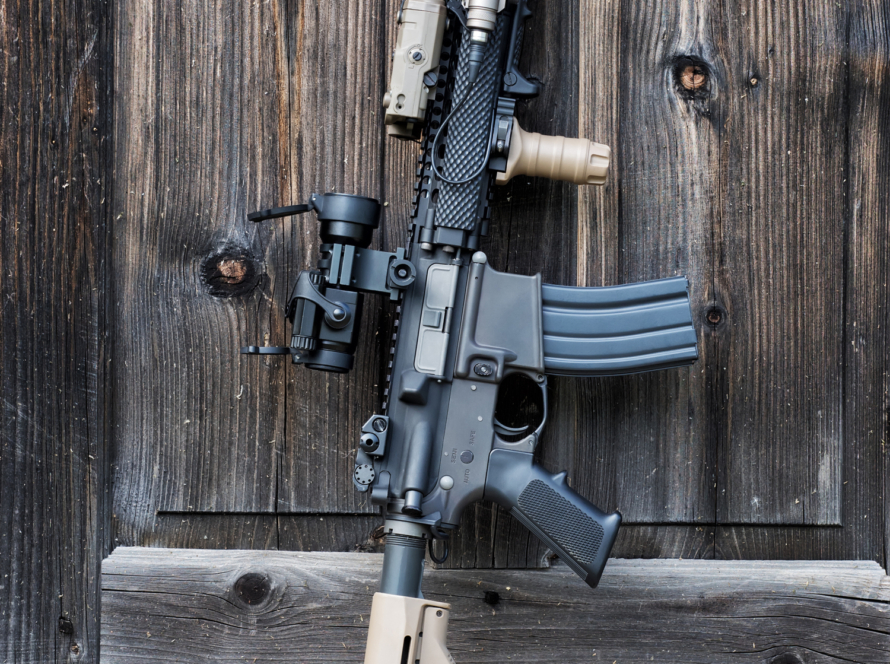Owning and using a suppressor comes with added responsibility. While these devices make shooting quieter and more controlled, they also demand attention to safety, alignment, and etiquette.
At Downrange Precision Arms, we believe professionalism starts with discipline — whether you’re shooting solo, with friends, or at a public range. Here’s how to use your suppressor safely and respectfully, every time.
Follow the Four Rules — Always
No amount of technology replaces fundamentals.
- Treat every firearm as if it’s loaded.
- Never point the muzzle at anything you’re not willing to destroy.
- Keep your finger off the trigger until you’re ready to shoot.
- Be sure of your target and what’s beyond it.
Suppressors make firearms quieter, not safer by default. Every range session starts with these four rules — no exceptions.
Check Mounting and Alignment Before Firing
Before you send the first round downrange, make sure your suppressor is mounted securely and aligned properly.
A loose mount or cross-threaded connection can cause a catastrophic baffle strike or end-cap failure.
✅ Verify your threads are clean.
✅ Hand-tighten or torque per manufacturer specs (do not over-tighten).
✅ Re-check alignment visually before loading.
If anything feels off — stop immediately and inspect.
Understand Heat, Pressure, and Cool-Down
Suppressors absorb tremendous heat. After a few rapid-fire strings, they can reach temperatures that cause severe burns or material stress.
Allow time for your suppressor to cool between strings, use gloves when detaching, and never dunk a hot can in water.
At DPA, we always say: “Respect the heat — or it’ll teach you why.”
Hearing Protection Still Matters
Even suppressed firearms can exceed 130–140 dB, especially indoors or under covered firing lines.
Double up on hearing protection for extended sessions, and remind newer shooters that “suppressed” does not mean “silent.”
Good hearing habits keep you shooting for life.
Communicate Clearly on the Firing Line
One of the benefits of shooting suppressed is easier conversation — use that to your advantage.
Call your range commands clearly, confirm everyone’s ready before going hot, and brief any new shooters on how the line will run.
Less noise means better teamwork and safer shooting for everyone.
Respect Range Policies & Neighbors
Every range has its own suppressor rules — some require inspection, others limit rapid fire. Follow them without argument.
If you shoot on private property, be mindful of neighbors and livestock. Suppressors help reduce noise pollution, but courtesy goes further than equipment ever could.
Professionalism builds respect.
Maintenance Checks After Shooting
After each session:
- Let the suppressor cool fully.
- Check for carbon buildup, loose mounts, or unusual wear.
- Follow the manufacturer’s cleaning and inspection guidance.
You’re not just maintaining equipment — you’re ensuring your next range day starts safe.
Conclusion
Safe suppressor use is about discipline, communication, and respect. When shooters follow these best practices, everyone wins — safer ranges, better training, and a stronger community image.
At Downrange Precision Arms, we build tools engineered for precision and battle-tested reliability — but the responsibility is in your hands every time you pull the trigger.





